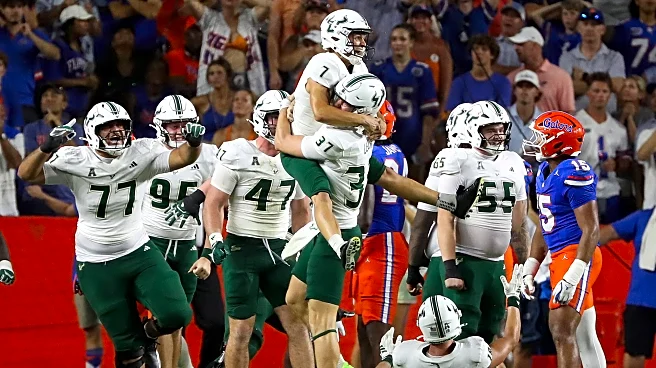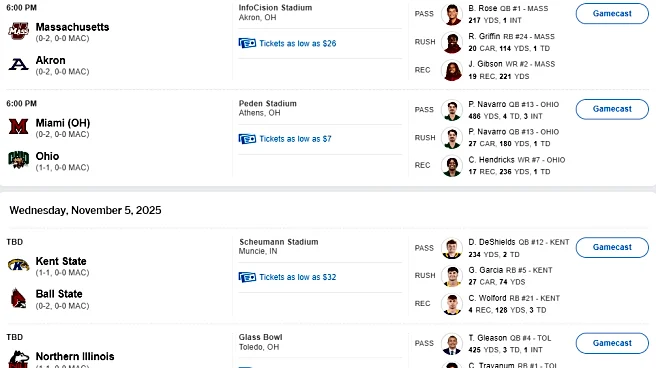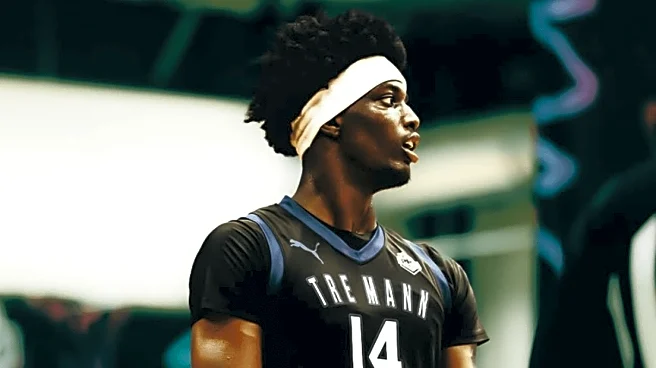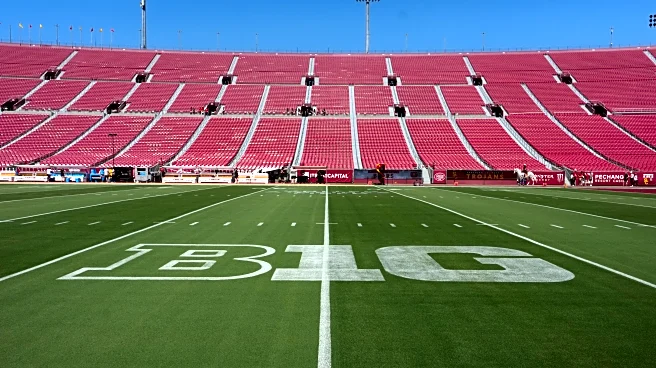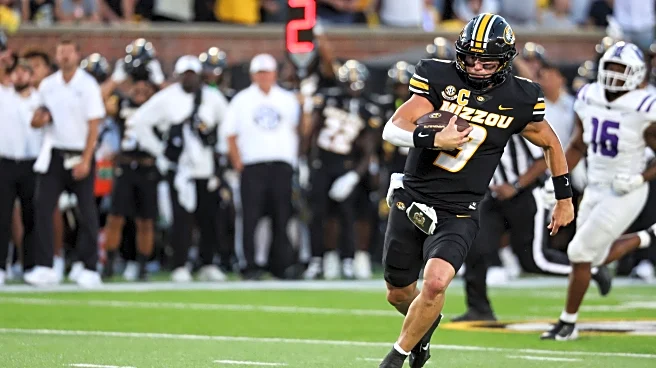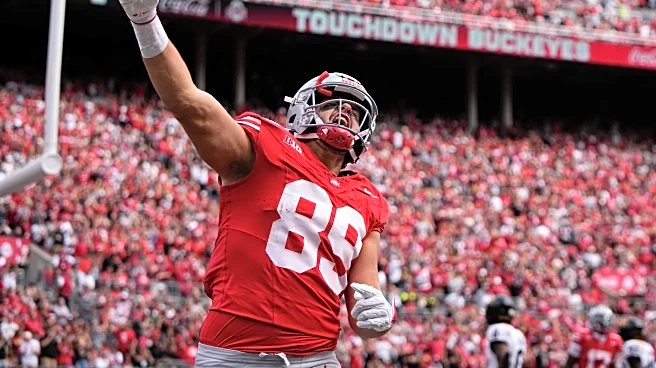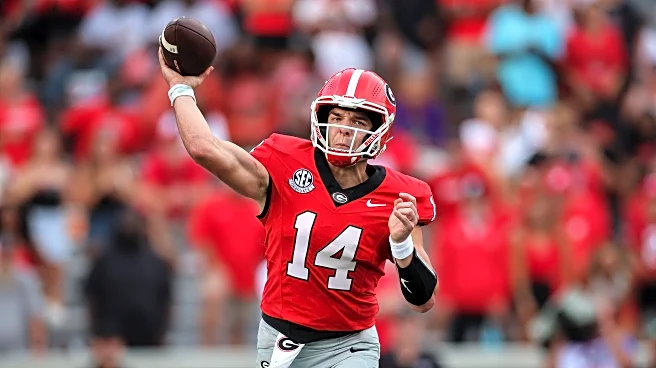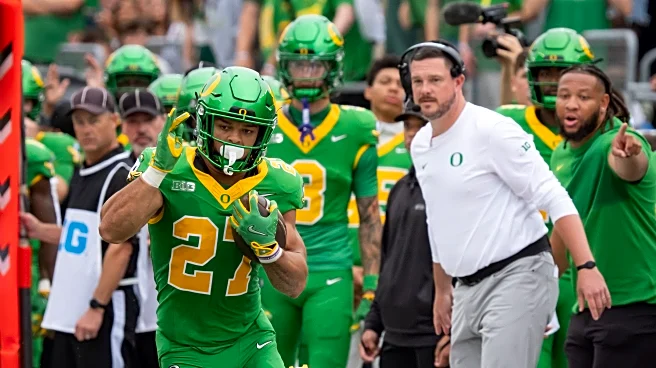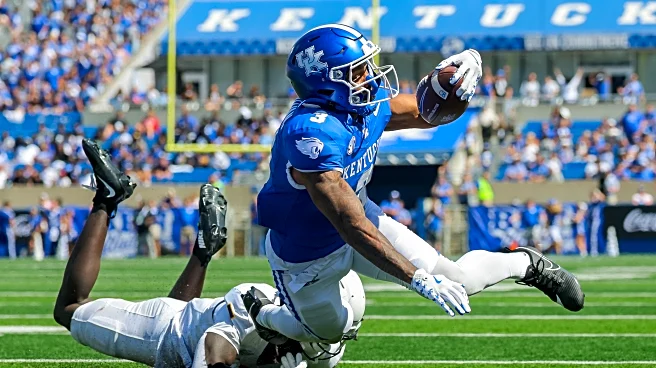Anytime a five-star prospect picks your program, the vibes are immaculate.
That’s obvious in the wake of Toni Bryant’s commitment to Missouri on Monday, a decision reached barely a day after his official visit to Columbia wrapped up.
The forward’s pledge gives coach Dennis Gates his second blue-chip pickup of the 2026 cycle, and the timing couldn’t be better. The Tigers have secured foundational pieces for their recruiting class almost a month before a wave of commitments starts to roll in. While other
schools are still jostling for primary targets, MU’s staff can shift its focus to rounding out what has the potential to be a top-five crop of talent.
Reeling in Bryant could also achieve a vital but more subtle objective by shifting the age profile of its frontcourt and striking a balance between filling immediate needs and cultivating long-term upside.
The past two offseasons have found MU in a slightly fraught position. Freshmen like Jordan Butler and Peyton Marshall weren’t at a point on their respective skill curves to fill a regular rotational slot. Filling the void has meant hauling veterans like Josh Gray or Shawn Phillips Jr. from the transfer portal. Ideally, they would serve as a bridge, allowing a proven developmental model to position those youngsters for success as sophomores.
No dice.
Butler and Marshall opted to transfer, departures that prevented the Tigers from reaping a return and kept them stuck on a portal carousel. Now, MU might have a way to safely land after jumping off – if the program supplements Bryant with a commitment from Tristan Reed.
Veering toward youth might seem counterintuitive as other schools only deepen their reliance on transfers. However, it makes sense once you take stock of how that market operates and the resources that many programs have at their disposal.
Let’s start by (again) noting that snagging a proven big man from the portal can be prohibitively expensive.
While the transfer market is often portrayed as fast-moving and chaotic, the past three years have reinforced some enduring lessons. Chief among them: If you need a quality big man, be prepared to move quickly and set aside a healthy portion of your NIL budget to finance that move. How do we know? Using data cobbled together from On3 Sports’ industry ranking of transfers, we can show the supply of top-tier post players on the market.
In 2023, the volume reached its peak on April 6. A year later, it topped out on April 13. This spring, it maxed out on April 2. Look at the shape of those curves, too. This year, the max volume was a dozen big men. It only took four days for it to drop precipitously. Meanwhile, NIL demands routinely exceeded $1 million.
What drove insatiable demand?
For one, programs wanted to lock in deals and payouts before a federal judge approved a settlement structure in the House lawsuit, which has ushered in a clearinghouse that scrutinizes the validity of NIL arrangements. This was also the first spring in several years without a glut of super-seniors with an extra year of eligibility to burn. The exodus of those players has reduced the supply by about 20 percent and is likely to continue constricting it as we move forward.
Maybe salaries ease a bit this spring, but any power-conference program biding its time will likely get a cold slap from the invisible hand of the market.
It’s also vital to assess how those players perform. Among a sample of 48 highly rated transfer bigs, the median for possessions spent on the floor (1,108) and Bayesian Performance Rating (3.41) is on par with a starter for a high-major squad. Only four players finished in the 80th percentile or better in both categories: Kansas’ Hunter Dickinson, the Michigan tandem of Danny Wolf and Vlad Goldin, and Saint Louis’ Robbie Avila.
Imagine forking over seven figures for an import who will have, in most cases, reached the end of their skill curve. Is it an intelligent use of resources to pay premium prices for a merely capable starter? Well, it depends. At a dozen schools capable of shelling out $10 million for a roster, that dependability and high-floor might be worth the outlay.
Programs with middle-class budgets, however, have found a helpful alternative. Increasingly, they’re acting as havens for highly touted recruits to reboot. Dividing up our sample of transfer bigs by class shows that the median BPR doesn’t change dramatically. Instead, the major shift occurs in time spent on the floor.
SEC contenders like Florida, Tennessee, and Kentucky have taken that route in recent years, with players such as Micah Handlogten, Felix Okpara, and Brandon Garrison. That raises a natural question: Why not go directly to the source and get players from high school? It’s one that national scouts are already asking, and it has resulted in a cycle where recruiting boards have come together slowly.
Between the 2022 and 2024 recruiting cycles, there were 68 post players rated in the top 150 of the composite rankings. The median freshman logged around 440 possessions on the floor and had a median BPR of 1.29. Unsurprisingly, the baseline is at the level of a role player. Aside from showcasing elite performers, I’ve also highlighted the positions of Butler and Marshall.
Seeing Butler and Marshall floating adrift shouldn’t catch us off guard. Again, neither should have been expected to produce immediately. In Butler’s case, the baseline was something close to 2.8 points and 2.3 rebounds in eight minutes per game. As for Marshall, he needed to continue reshaping his body, a process that started at Overtime Elite, and was projected to log six minutes per game and modest usage.
Pursuing players like Bryant, Reed, and Ethan Taylor could be a sign of a pivot. Take a look at the table below. It’s all the freshman who landed in the upper-right quadrant of the scatter chart you saw a moment ago.
All but three of these players – Donovan Clingan, Moustapha Thiam, and Luke Bamgboye – were top-40 prospects in high school. Collectively, these players saw on-court time and produced a BPR that’s on par with an impactful starter at a high-major program. The median BPR (5.24) for this group also exceeds the median for elite transfers. But even if we shift our frame and look at all post players rated 50th or better in the composite index, the median BPR is still a respectable 2.74 in roughly 750 possessions of on-court action.
This is all a wonky way of saying that pursuing a highly rated big man out of high school could serve as an off-ramp. They can fortify rotational depth as a freshman and, assuming proper development, blossom as a sophomore. While some might command more NIL than a transfer, their near-term performance may be equal to or better than that of most veterans. And if a deal is structured smartly, a program could lock in a player over several years, steadily amassing essential continuity.
Tantalizing as Bryant’s upside can be, he could also fill in some rather bland needs for the Tigers. His mobility is an ideal fit for MU’s approach to guarding pick-and-rolls, where big men play at the level of the screen or catch-hedge before recovering to the paint. He’s agile enough to flip his hips and slide with ball-handlers if caught in a switch. There’s little doubt Bryant is raw offensively, but he thrives as a rim runner on the break and a lob threat in the half-court.
And while Reed sits lower in the composite rankings, the St. Louis native’s skill set could also fill some practical needs along MU’s front line. This spring, Reed was arguably the best post-up threat on the Nike-backed EYBL circuit and ranked in the 82nd percentile as a rim finisher. His methodology was blunt: bury opposing defenders in the lane and stick a hand in the air.
On the defensive end, Reed could be exploited at times when isolated in space. Yet he was dependable playing drop coverage in ball screens, and he averaged 2.1 steals and blocks per game, disruption that came without fouling. One critique of Reed is his 6-foot-9, 230-pound frame, which is undersized for a post player. However, the Link Academy post has a plus-6-inch wingspan and exceptional timing off the floor, making him an ideal rim protector.
Almost any SEC program could use a physical two-way big built to score on punch plays, crash the boards, and anchor a backline. That’s especially true in Columbia, where MU extends its defense to harass handlers and create turnovers.
Aside from balancing short-term fit and long-term upside, adding Bryant and Reed would allow MU to weave complementary skill sets together. At the four spot, freshman Nicholas Randall is likely ahead of Bryant in terms of offensive skill, especially as a potential reader and connector around the elbows, a crucial tool to make Gates’ Princeton-inspired offense hum. Meanwhile, Reed’s brawn contrasts with a pair of stretch fives in Trent Burns and Luke Northweather, each of whom is a pick-and-pop threat.
Crucially, it also tilts the age profile toward youth and begins staggering gains from development. Theoretically, Burns, who just went through his second offseason in the program, emerges as a steady presence at the post. Next, Randall would transition from a deep reserve to a solid rotational piece as a sophomore. And two years from now, Bryant and Reed would make their respective jumps.
Optimistic? In the age of the transfer portal, probably. But a healthy retention rate wouldn’t make that scenario outlandish. And again, it would get MU off the portal carousel. Regardless of who stays or goes, data keeps hammering one point home: a player going through their second year with MU — whether it’s a high-school player or multi-year transfer — produces better results than a one-year rental.
Of course, the linchpin is Reed opting to ply his trade for the Tigers, and he’s freshly returned from a visit to Mississippi State. He’s also booked trips to Michigan State and Ohio State, while another Big Ten suitor in Maryland tries to elbow its way into the mix. Fending off those programs would also ensure that MU retains at least one of three quality interior options from its local recruiting ground.
Undoubtedly, Gates is on arguably the best run of recruiting Missouri has experienced since the early days of Quin Snyder’s tenure. Securing Bryant and Reed would offer the kind of depth and diversity to unlock its potential.





